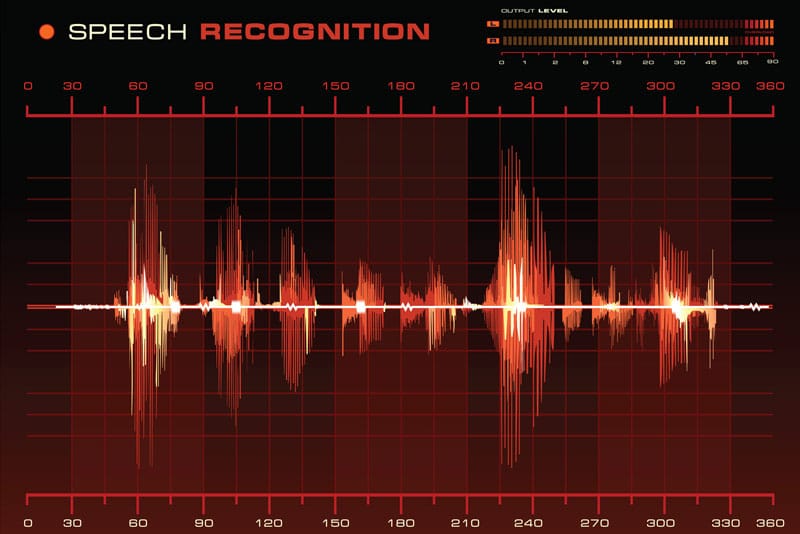 Though majority of procedures performed in emergency departments (EDs) do not need formal written consent, informed consent is a required process for procedures that have high risks. Documentation of informed consent is very important. If the informed consent is not documented well, it can result in patient complaints, medico-legal risk and inadequate knowledge for the patient or guardian about the relevant emergency procedure.
Though majority of procedures performed in emergency departments (EDs) do not need formal written consent, informed consent is a required process for procedures that have high risks. Documentation of informed consent is very important. If the informed consent is not documented well, it can result in patient complaints, medico-legal risk and inadequate knowledge for the patient or guardian about the relevant emergency procedure.
There is general consent documentation and specific (depending upon the procedure) documentation. A recent study by a group of American researchers shows General ED consent is obtained in most of the cases compared to specific consent. This study was conducted to quantify the occurrence of informed consent documentation in the ED setting for lumbar puncture (LP) with 937 patients as participants. It was found that a signed general ED consent was there in the electronic health record (EHR) for 86% of patients and consent form for the LP was there for 56% of patients. Educational material regarding the LP given to the patients was not documented while LP-specific discharge information given was documented for 2% of patients.
Overall, the study highlights the reluctance of documenting specific ED consent. It also hints at the significant opportunity for improvement in many aspects of documenting specific ED consent. Unlike general consent, more details are to be given in the specific consent. Hence, the chance for errors is high. For example, if it is required to remove a growth in the leg, the specific consent must specify the exact location of the growth. If there is a small change, it can result in legal complications. The other reason why physicians must be cautious about specific consent is the chance of copy paste errors with the EHRs. Emergency procedures need to be documented urgently and physicians may copy and paste items to save time. However, while documenting hastily, there is a chance that the physician may overlook the errors and populate them in the electronic patient records, which can be very risky.
The appropriate method would be to transcribe physicians’ dictations with the help of transcriptionists and populating them in the relevant EHR fields through DRT (Discrete Reportable Transcription) technology after proper quality assessment. This will ensure the quality and completeness of informed consent documentation.


